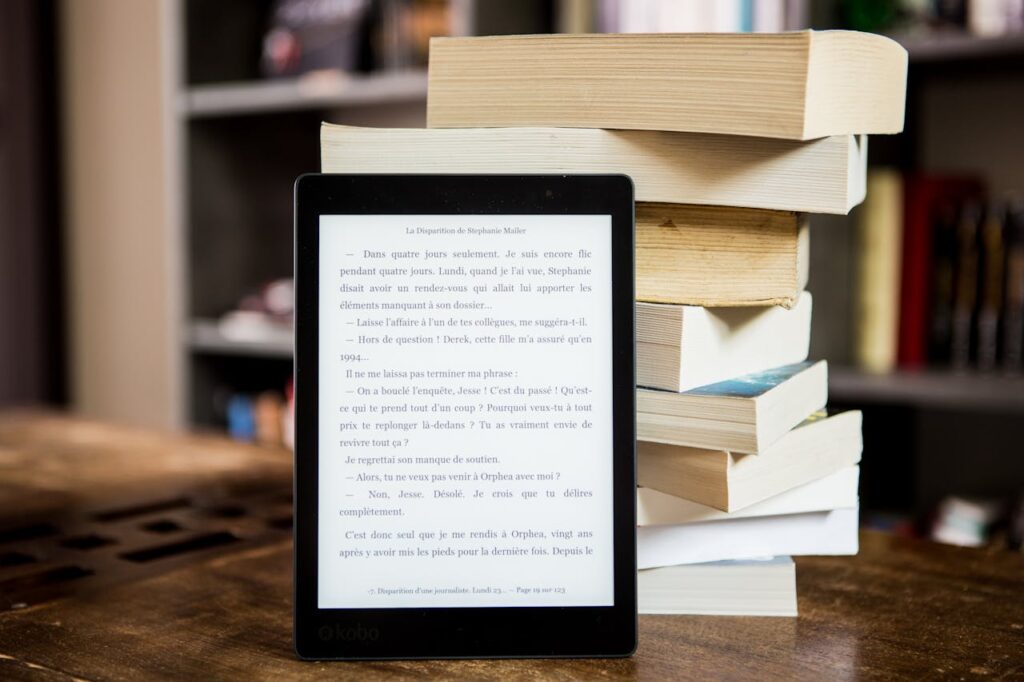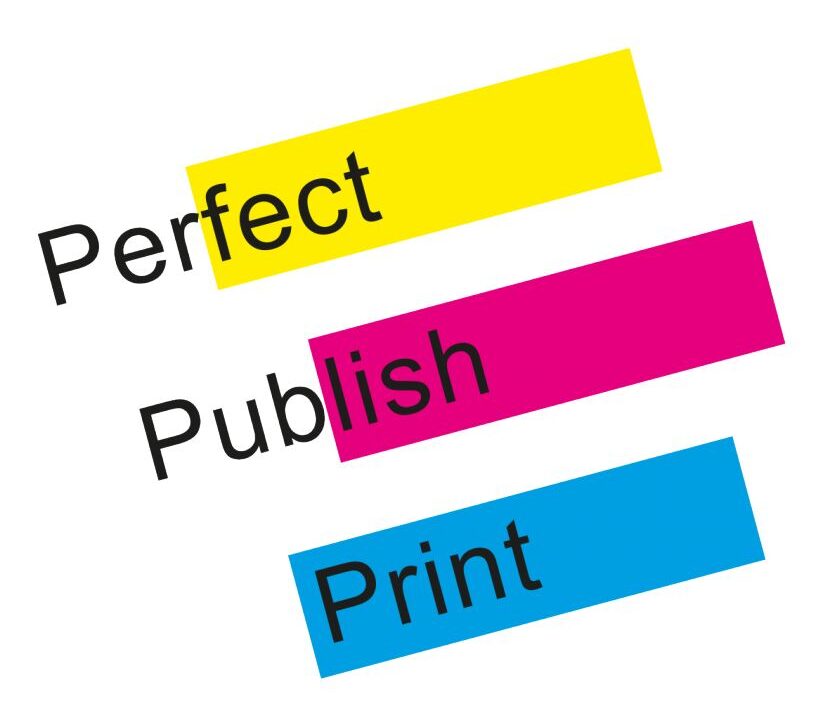Choosing the right book printing method is one of the most important decisions when producing a book. Whether you’re an author, designer, or business owner, understanding the differences between digital printing and offset printing can help you achieve the best balance between cost, quality, and turnaround time. Both methods have unique strengths — and knowing which suits your needs ensures your project looks professional and stays within budget.

Table of Contents
- Introduction
- What Is Digital Printing?
- What Is Offset Printing?
- Key Differences Between Digital and Offset Printing
- Which Printing Method Is Right for You?
- Environmental Impact Comparison
- Final Thoughts
1. Introduction
Book printing has evolved tremendously over the years. Traditional offset printing once dominated the industry, but with technological advancements, digital printing has become a popular choice for self-publishers, small businesses, and short-run printing projects.
While both methods can deliver high-quality results, they differ in process, cost efficiency, and production capabilities. Choosing between the two depends on your print volume, quality expectations, and desired turnaround time.
2. What Is Digital Printing?
Digital printing is a modern printing method that uses digital files directly from your computer — such as PDFs — to print onto paper. It eliminates the need for printing plates, making it ideal for quick, small-batch projects.
Key features of digital printing:
- No setup plates required
- Fast turnaround time
- Cost-effective for low-volume printing
- Allows for variable data printing (customisation like names or serial numbers)
- Excellent for on-demand or self-publishing
When to choose digital printing:
If you need fewer than 500 copies, want quick delivery, or require personalised prints, digital printing is often the best choice.
3. What Is Offset Printing?
Offset printing is a traditional printing technique that involves transferring ink from metal plates onto rubber rollers, which then apply the ink to the paper. Although setup takes longer and costs more initially, it provides unmatched color consistency and cost efficiency for high-volume runs.
Key features of offset printing:
- Requires setup plates for each color (usually CMYK)
- Ideal for bulk printing (500+ copies)
- Superior color accuracy and sharpness
- Wider paper and ink options available
- Lower cost per unit for large print runs
When to choose offset printing:
If you’re printing thousands of copies — such as for mass-market books, catalogues, or corporate materials — offset printing offers a professional finish at a lower unit cost.
4. Key Differences Between Digital and Offset Printing
| Feature | Digital Printing | Offset Printing |
|---|---|---|
| Setup Time | Minimal – ready to print immediately | Longer – requires plate setup |
| Cost Efficiency | Best for small runs | Best for large runs |
| Print Quality | High, but slightly less sharp | Exceptional color consistency |
| Customization | Supports variable data (names, QR codes) | Same image for all copies |
| Turnaround Time | Fast – ideal for urgent projects | Slower due to setup time |
| Paper Options | Limited but expanding | Wide range of materials available |
| Ink Type | Toner or liquid ink | Traditional offset ink |
| Eco-Friendliness | Less waste per run | Efficient for bulk production but more setup waste |
5. Which Printing Method Is Right for You?
Choosing between digital and offset printing depends largely on your project’s size, purpose, and budget.
Choose digital printing if:
- You need a short print run (under 500 copies).
- You require fast turnaround times.
- You want to print different versions or personalized content.
- You’re testing a book concept before mass production.
Choose offset printing if:
- You’re printing 500–10,000+ copies.
- You want perfect color matching across all copies.
- You require special finishes (e.g., metallic ink, spot UV, embossing).
- You’re producing a high-end coffee-table book, magazine, or corporate publication.
In Singapore, many professional printers offer hybrid services — using digital printing for proofing and small batches, and offset printing for mass production once you’re satisfied with the final layout.
6. Environmental Impact Comparison
Environmental sustainability is an increasingly important factor for authors and businesses alike. Both digital and offset printing can be eco-friendly when managed properly.
Digital Printing and Sustainability:
- Generates less waste since no plates are used.
- Reduces excess inventory with on-demand printing.
- Lower energy usage for small runs.
Offset Printing and Sustainability:
- More efficient for large volumes (less waste per copy).
- Can use soy-based or eco-certified inks.
- Recyclable aluminum plates and paper options available.
Ultimately, the most sustainable option depends on your project’s volume. For one-time small batches, digital printing is greener. For bulk printing, offset is more resource-efficient per unit.
7. Final Thoughts
Both digital and offset printing have distinct advantages — the right choice depends on your specific book project’s goals.
If you’re a self-publishing author or a business printing short-run booklets, digital printing offers speed, flexibility, and affordability. However, for professional publishers and companies producing large volumes with strict color standards, offset printing remains the gold standard for quality and consistency.
In Singapore’s competitive printing industry, many printers now combine both methods to deliver the best results — offering clients the flexibility of digital printing for small orders and the efficiency of offset printing for mass production.
Before starting your next project, consult your printing provider about your target quantity, budget, and design needs. With the right method, your book will not only look exceptional but also reflect the professionalism and quality your readers or clients expect.
